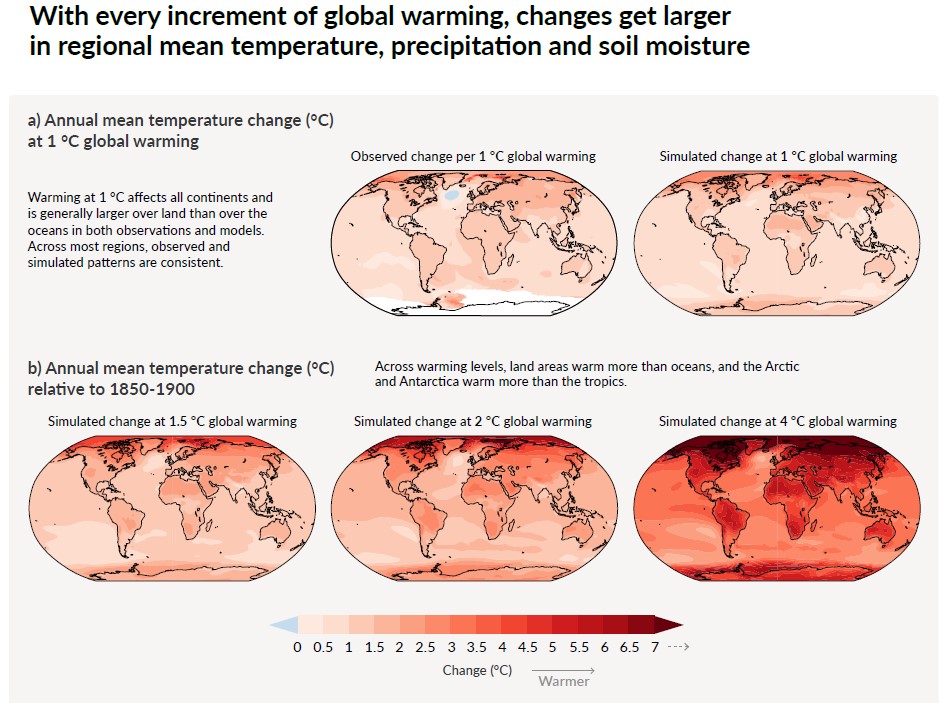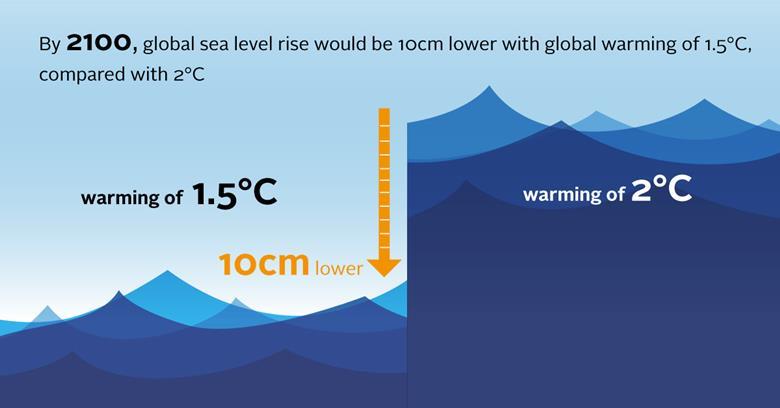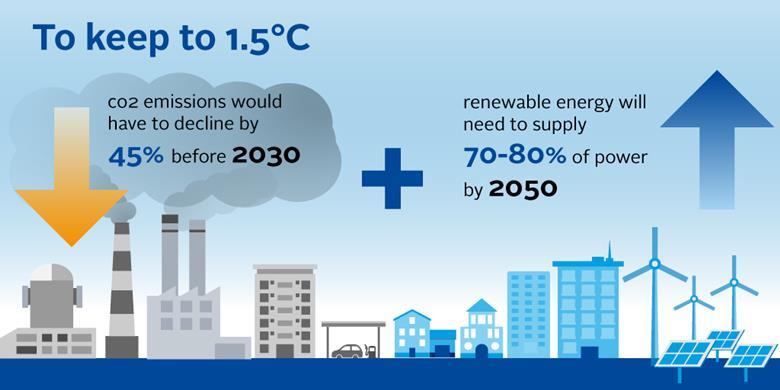Why in news?
The Intergovernmental Panel on Climate Change (IPCC) recently released the 1st part of its Sixth Assessment Report (AR6) titled ‘Climate Change 2021: The Physical Science Basis’.
What is the IPCC?
What are the key factors of climate change as per the report?
Human Activities
Emissions

Weakened Natural allies
“It’s suicidal and economically irrational to keep procrastinating”
Temperature Rise
What are the impending threats?
Global Warming

Sea level rise

Impact on Cities
New IPCC report is "a code red for humanity" - UN Secretary-General António Guterres
Impact on India

What is the 1.5°C mark that IPCC advocates?
The 2015 Paris Agreement set the goal to limit global warming to well below 2°C, compared to pre-industrial levels, in this century.
It also sets 1.5°C as an aspirational target to channelize countries’ efforts.
Will 1.5°C level address all climate risks?
What does IPCC call for?
Emission Control

Cumulative Emissions
Negative emissions
Peak by 2025
- Peruvian fishermen had first thought of the name ‘El Niño’ for the now well-known climate phenomenon in the tropical eastern Pacific Ocean, that scientists link with the Southern Oscillation.
- Inuit communities had contributed to community-based monitoring across the Arctic.
- Indigenous Australian knowledge of climatic patterns has been offered as a complement to observational records, such as those of sea-level rise.
To test your knowledge on IPCC Report, Click here
Source: The Hindu, The Indian Express, The Guardian, Down to Earth
Related article: IPCC Report on Global Warming 2018